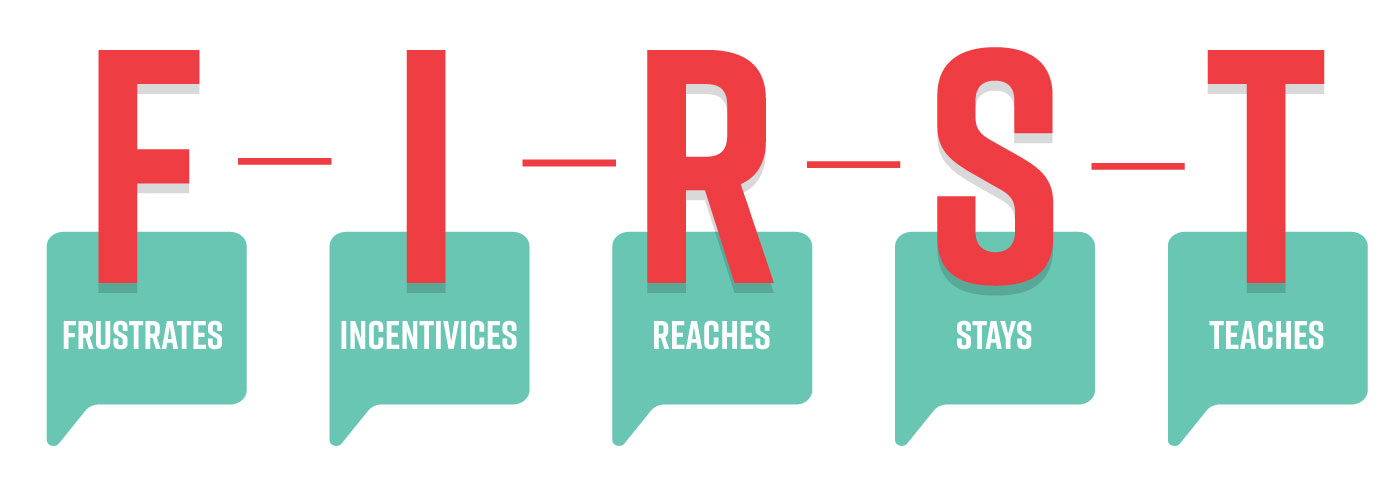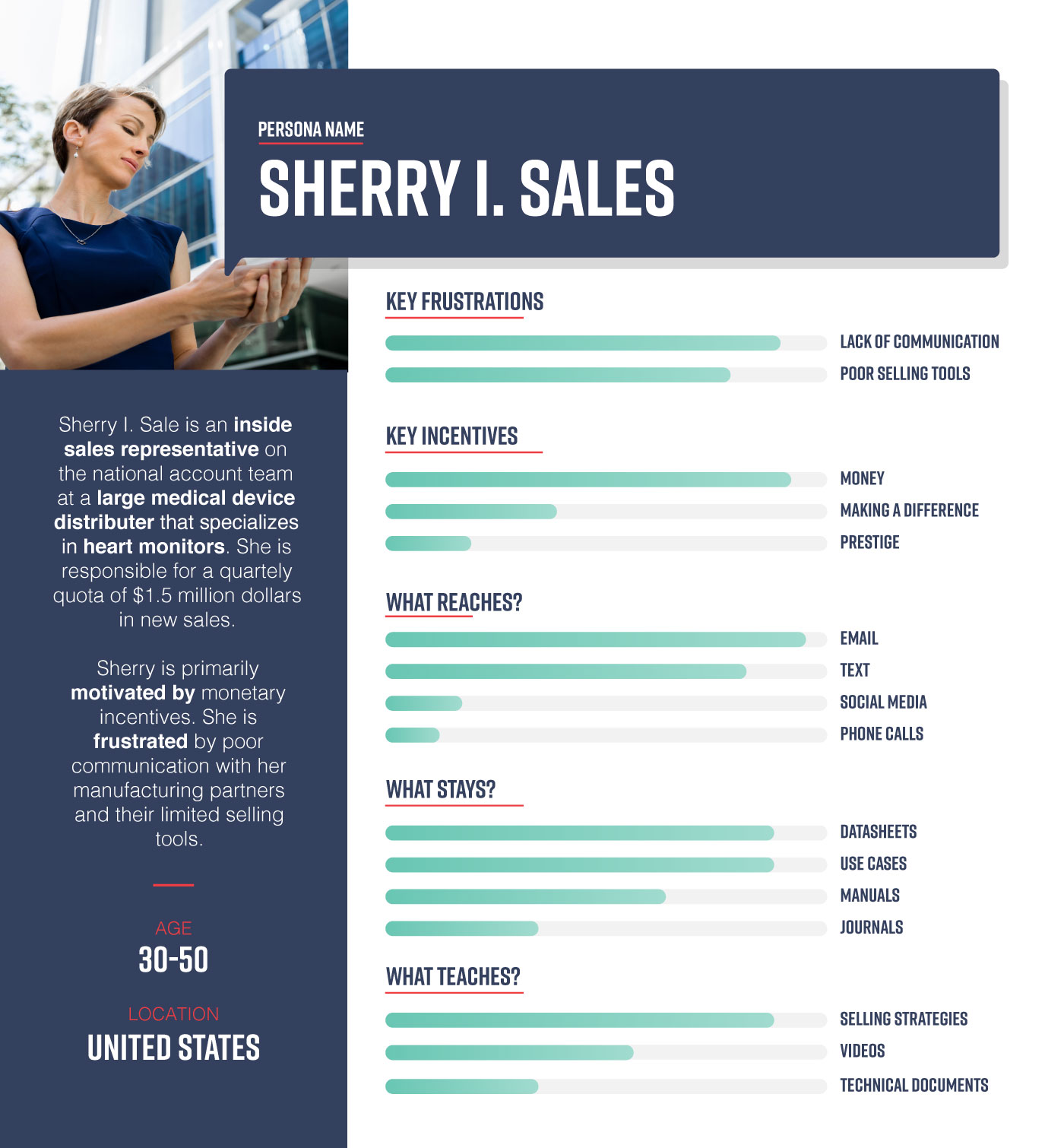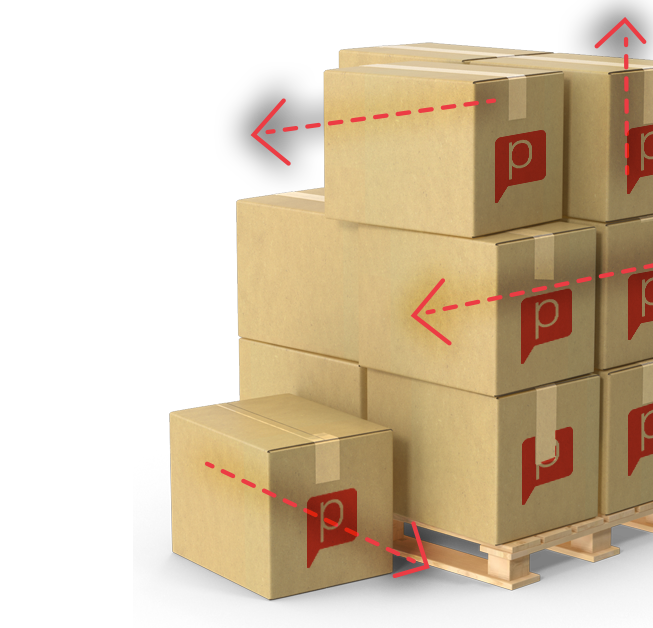And group purchasing networks have only accelerated this trend. Developed in the 1990’s to increase provider negotiation power, GPOs and IDNs have triggered distributors to consolidate in their best interest as well.
As healthcare players continue to consolidate into larger entities, you need to pay close attention to how this affects your target markets and overall marketing strategy.
How does market consolidation affect the manufacturer?
Although perceived as necessary middle-men, it’s common to think of medical device distributers as margin-shaving cogs who overtake your control of the selling process, brand ownership, and end-user information. But, market consolidation often means it’s more difficult to reach your target audience, whether private practice, hospital, or consumer.
Is the glass really half empty?
A full glass may mean that you’re biting off more than you can chew. A good distributor will handle:
- Logistics
- Sales
- Marketing
- Transactional Operations
- Customer Training
- Inventory Management
Not to mention, a distributer usually owns an unsharable wealth of data – the details about your best customers.
Given the benefits and the realities of market consolidation, distributors are probably a necessary part of your product sales strategy. Even if you have a channel strategy that encompasses consumers or doctors directly, you need to make sure you’re able to harness the power of a stable distribution network.
As we mentioned in our Medical Device Marketing to Doctors article, innovation is not enough in any marketing strategy. Consistent communication and relationship building must be a key component of your strategy as well. That being said, every solid strategy starts with research.
-
Create personas of your targets
You must be able to influence every reasonable level inside your distributer – decision makers, sellers, and influencers. At a bare minimum, this should include national account and field service team members.
Also, don’t forget the GPOs and IDNs. You should have a relationship with them as well, even if your distributor does.
So, you should create target personas for:
- Account Executives
- National account members
- Field Representatives
- GPO contacts (decision makers, influencers)
- IDN contacts (decision makers, influencers)
This is as easy as applying a principle we at Penrod like to call FIRST. Before making assumptions, FIRST ask yourself what frustrates, what incentivizes, what reaches, what stays, and what teaches:

From these, you can develop a complete persona. For example:

-
Develop meaningful incentives
In my experience, sales people are typically motivated by monetary incentives, not prestige.
At the start of your fiscal year, set realistic goals for each sales person at your distributer and provide rewards for meeting or exceeding them. Think gift cards, trips, or personalized gifts. Ensure that the incentive is clearly communicated and continue to remind and track progress throughout the year.
Marketing automation tools like Pardot or Marketing Cloud allow you to automate much of this process, so you may want to consider implementing those tools if you have enough people to nurture.
If you have enough sales representatives to support, I’m a big fan of on-demand gift companies like Sendoso. They’ll source, store, and ship your gifts, leaving you with more time to strategize.
-
Make your products top of mind with a planned marketing strategy
It’s likely that you’re competing with similar products at your distributer unless you have an exclusive agreement. In order to maintain your product’s mindshare, you need to develop relationships and meaningful content.
Use the persona sheet you developed to create content ideas that appeal to each person. Focus on:
- Sales-facing datasheets: Describe how the sales representative benefits from selling your product. Think in terms of monetary compensation, ease of selling over a competing product, and how quickly you can complete projects at a high level of quality.
- Client-facing datasheets: Describe the value, features, and uses of your product to the end-user to help your distributer sell your product effectively.
- Case Studies: Provide examples of successful applications of your product and be explicit about the ROI.
- ROI Calculators
- Brochures
- Emails with industry trends
- Create an online community that provides a one-stop portal for all of your resources.
With a clear persona, solid content strategy, and powerful resources, you’ll be able to harness the power of your distributor fully.


